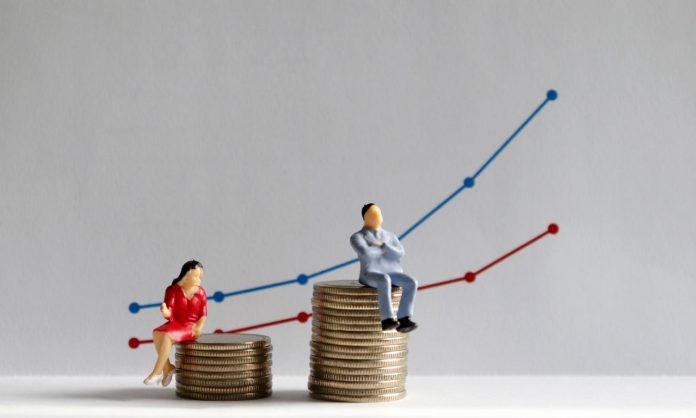Male pharmacy graduates earn an average $10,000 more than their female counterparts after three years on the job, a new report has shown.
Although female graduates start their careers earning ever-so-slightly more than men ($200 a year more), after three years male pharmacists earn an average 12% more, according to the recently released 2018 Graduate Outcomes Survey.
General Manager at Raven’s Recruitment Heidi Dariz says the $10,000 disparity is disappointing.
‘On the one hand I find it a little surprising since pharmacy is an industry that employs more women than men,’ she says.
‘However, it’s also unsurprising in that there are definitely more male pharmacists working in higher-paying managerial roles a lot sooner than females.’
The Quality Indicators for Learning and Teaching report suggests that the gender pay gap cannot be attributed to the employment status – three years after graduating 93.4% of female graduates were in full-time employment versus 92.1% of men.
Instead, Ms Dariz suggests that male pharmacists’ higher confidence levels may lead to better pay outcomes.
‘We find that we have male pharmacists feeling confident in applying for management roles as soon as they finish their internship, when generally women would want a few years experience working as a team pharmacist before taking this step,’ Ms Dariz says.
‘Also, men are typically more confident and happy to ask their current employers for a pay rise than women, leading to a discrepancy in wages.’
Ms Dariz says that shared parental leave and affordable child care could go a long way towards closing the pay gap.
‘I don’t think enough is being done in this area at present in pharmacy unfortunately,’ she says.
The findings are in line with previous Australian and international trends.
In 2016, analysis of ATO and ABS data showed that male pharmacists earned an average $85,362 a year while women earned more than $20,000 less at $63,503 a year. When adjusted for hours worked, there was still a 14% gender pay gap.
Research shows that in the UK the gap is 12.6%, while in the US women pharmacists make 82 cents to the dollar men earn doing the same job.
Ms Dariz says there are reasons for optimism in Australia however.
‘I know that many pharmacy employers and groups are offering mentoring programs for women in pharmacy – promoting female entrepreneurship and ownership – which will go a long way in closing this gap,’ she says.
‘Also, we are currently experiencing pharmacist shortages in community pharmacy, which has led to an overall increase in pharmacist wages in the past 12 months.
‘I believe the gap will lessen as more women enter the pharmacy industry and will take on these managerial roles earlier, due to current skill shortages.’



 Professor Margie Danchin[/caption]
Professor Margie Danchin[/caption]

 Dr Peter Tenni[/caption]
Dr Peter Tenni[/caption]
 How should we deprescribe gabapentinoids, according to the Maudsley Deprescribing Guidelines[/caption]
How should we deprescribe gabapentinoids, according to the Maudsley Deprescribing Guidelines[/caption]



 Pharmacists have always prescribed, but they have the potential to prescribe much more
Pharmacists have always prescribed, but they have the potential to prescribe much more




